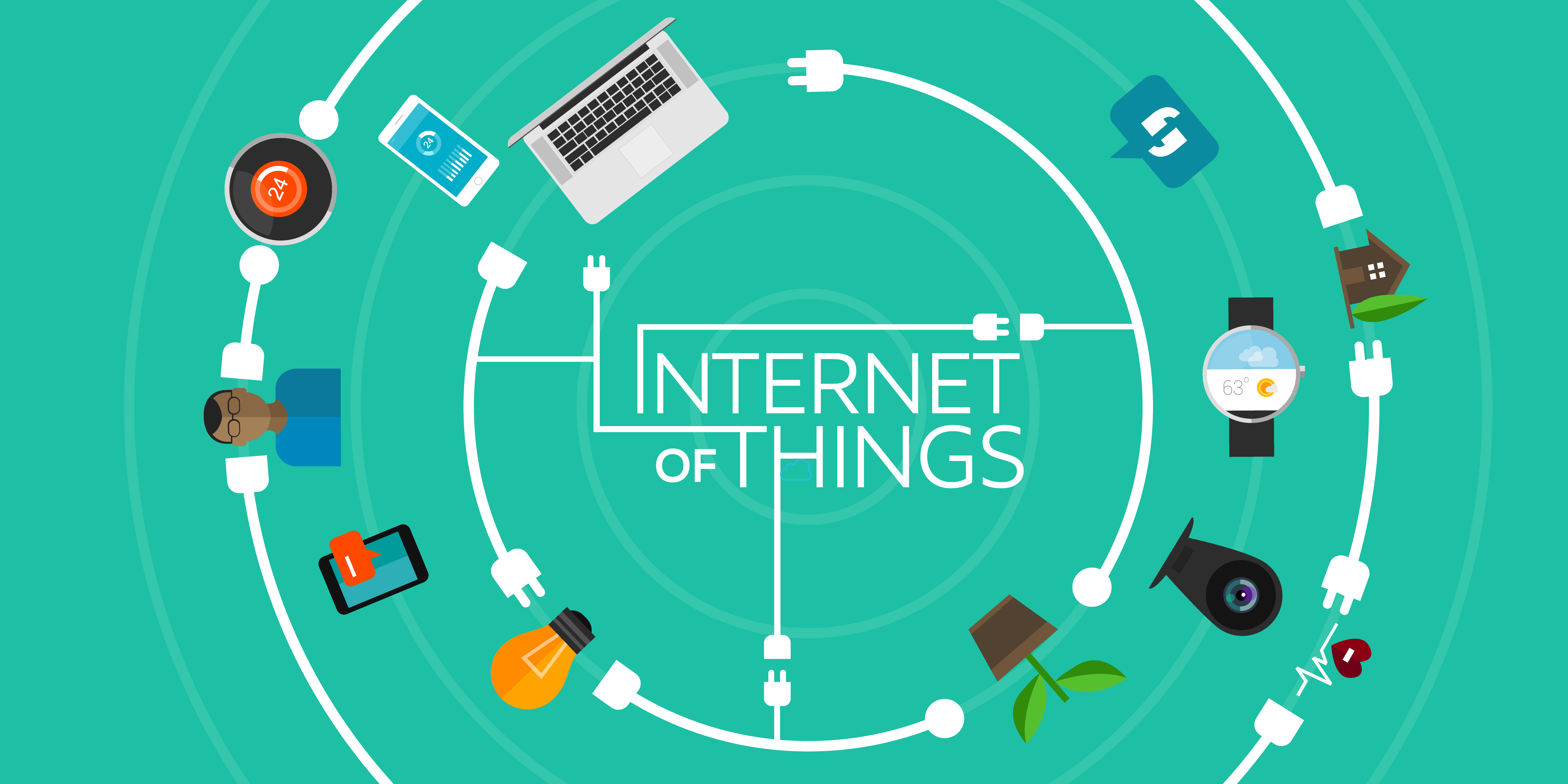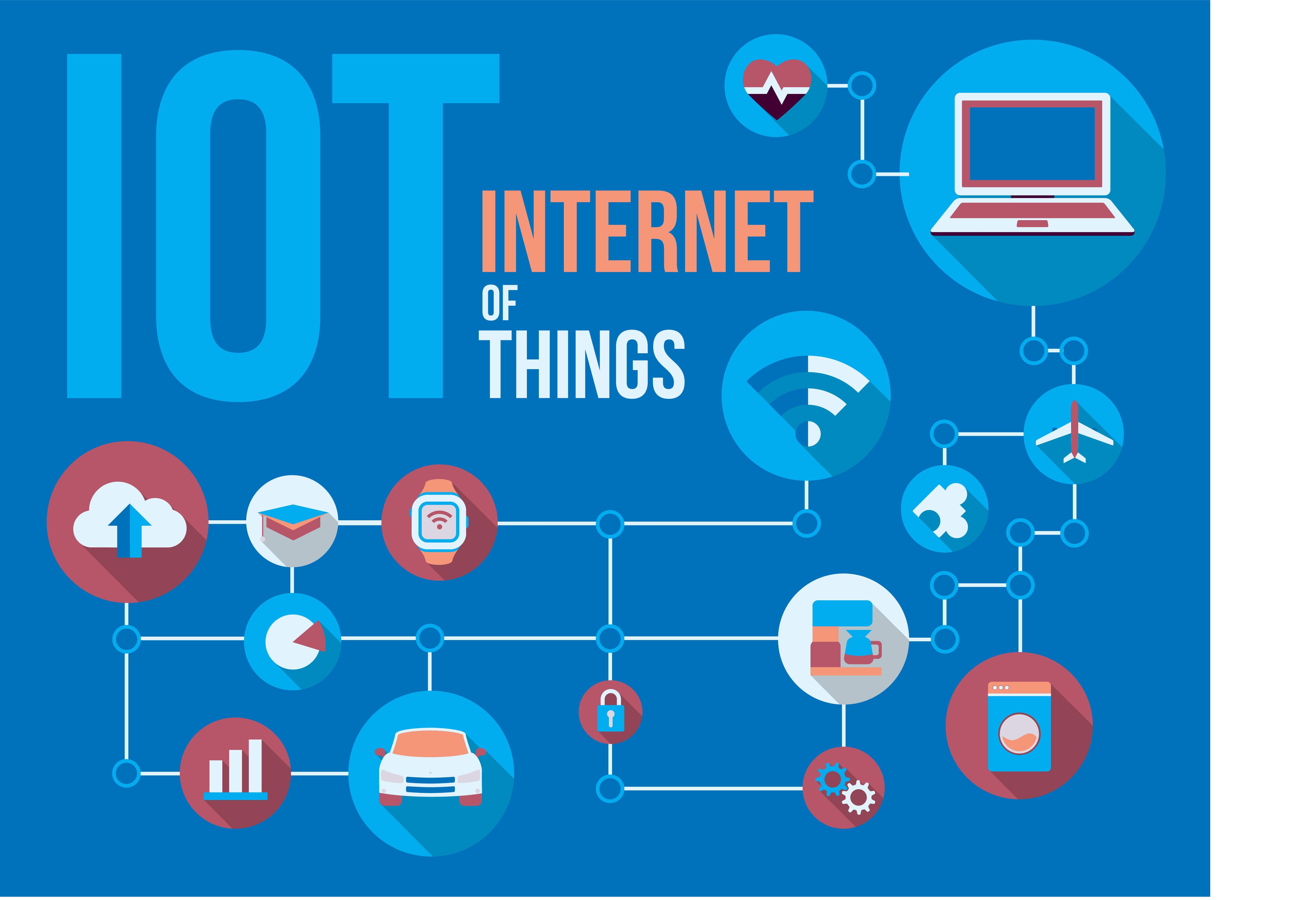internet of things through the years

The Internet of Things (IoT) is making waves in the business world, with many experts predicting it will transform everything from our home appliances to financial asset data management. In this post, we explore the definition, potential benefits and risks of this unstoppable technology.
What is the Internet of Things?
The Internet of Things refers to the idea of connecting devices and objects to the internet, allowing them to exchange data and perform actions. These objects can range from our smartphones and tablets, to our cars and even our household appliances.
One of the key benefits of the IoT is that it allows us to create an interconnected ecosystem of devices that can share data and work together seamlessly. For example, a smart home might use sensors to detect when someone enters a room and automatically adjust the lighting to their preferred level.

Potential Benefits of the Internet of Things
The IoT has a wide range of potential benefits for both businesses and consumers. Some of the most significant advantages that it offers include:
- Improved efficiency and productivity
- Reduced operational costs
- Enhanced customer experience and satisfaction
- Automated and streamlined processes
- Real-time monitoring and insights
- Increased data accuracy and analytics capabilities
These benefits can be applied to a variety of different industries, including healthcare, manufacturing, transportation, and more.
Potential Risks of the Internet of Things
As with any new technology, the Internet of Things also carries some potential risks and concerns. Some of the most common risks associated with the IoT include:
- Security vulnerabilities and potential for hacking
- Data privacy and protection concerns
- Compatibility issues with different devices and platforms
- Complexity and management challenges
- Cost and investment required for implementation

The Role of Financial Asset Data Management in the IoT
One area where the Internet of Things has the potential to make a significant impact is in financial asset data management. In this context, the IoT can help to create a more seamless and efficient system for managing and tracking financial assets.
One of the key benefits of the IoT in financial asset data management is its ability to provide real-time monitoring and insights. This can help financial institutions to make more informed decisions and better manage their portfolios.
Another key advantage is that the IoT can help to simplify and automate many of the processes involved in financial asset data management. This can help to reduce operational costs and streamline workflows, allowing financial institutions to focus on delivering better value and services to their customers.

Conclusion
The Internet of Things is a powerful and transformative technology that has the potential to revolutionize the way we do business. It offers a wide range of benefits, including improved efficiency, productivity, and customer experience. However, it also carries some potential risks, such as security vulnerabilities and data privacy concerns.
Financial asset data management is one area where the IoT has the potential to make a significant impact, helping to create a more seamless and efficient system for managing financial assets. By harnessing the power of the IoT, financial institutions can unlock new opportunities for growth and competitive advantage.
Overall, the IoT is still in its early stages, but it is clear that it will play a major role in shaping the future of the business world. As such, it is important for businesses to stay up-to-date with the latest developments and trends in this exciting and rapidly evolving space.

Source image : www.eoriginal.com

Source image : www.alvantia.com

Source image : smartarmorcube.com





